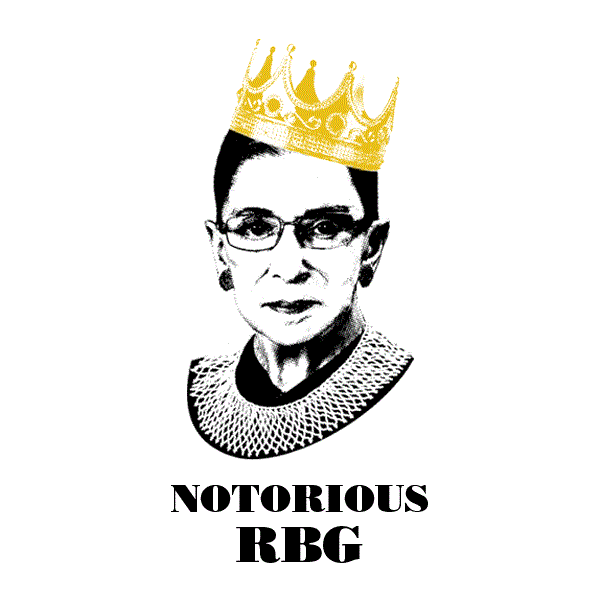
With regards to gender specific institutions, United States v. Virginia (1996) shattered the class ceiling.
To begin, here’s the facts of United States v. Virginia. Virginia Military Institute (VMI) was a male only school. The school used the “adversarial method” to train males. However, women weren’t allowed in VMI’s “Citizen Soldier” program.
The decision was a 7 to 1. Ruth Bader Ginsburg delivered the majority. Justice Antonin Scalia dissented by arguing that strict scrutiny should of been the test in this case. Nevertheless, the decision just needed five votes to make law, and lower courts would have to follow this decision.
That being said, the Supreme Court had to decide the issue of whether VMI violated the Fourteenth Equal Protection Clause.
This case established the following rule: Justice Ginsburg said gender based classifications by the government can only be upheld with “exceeding persuasive justifications.” These gender classifications must be scrutinized at the intermediate level. Plus, these gender classifications cannot be based on stereotypes.
As for the holding, United States v. Virginia said VMI cannot exclude women because that violated the Equal Protection Clause of the Fourteenth Amendment.
Interestingly, Justice Clarence Thomas recused from the vote. His son was enrolled at the time of this case. One can only wonder if he would of upheld segregated sex institutions.
Consequently, VMI changed it’s policy. Women would be given “equal opportunity to aspire, achieve, participate in and contribute to society” because of this case. Women would be treated equal, and standards would have to be changed to accomodate women.
